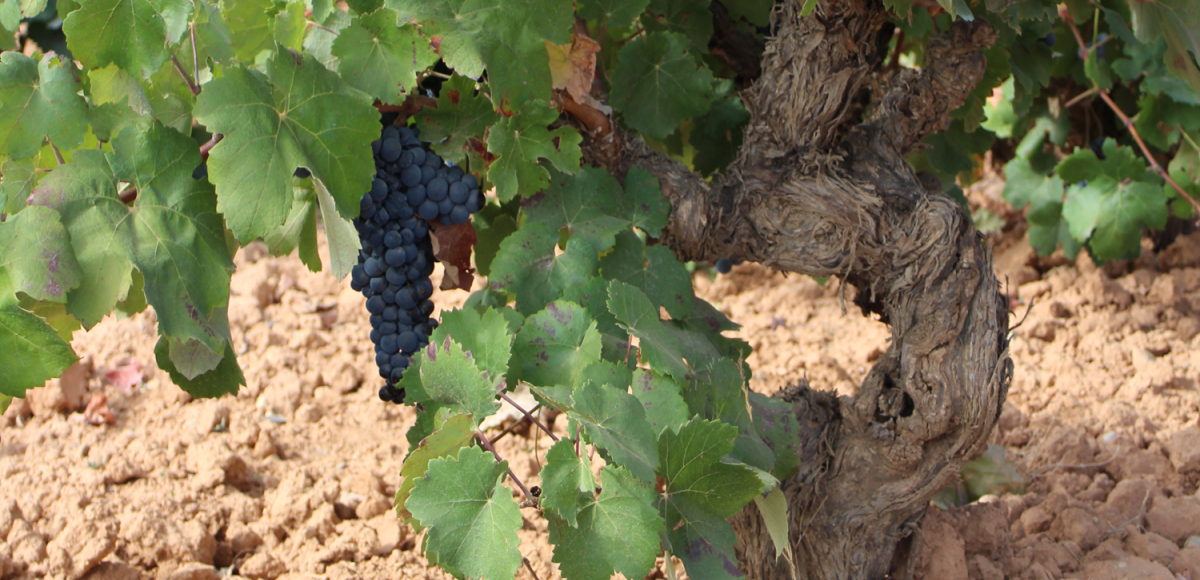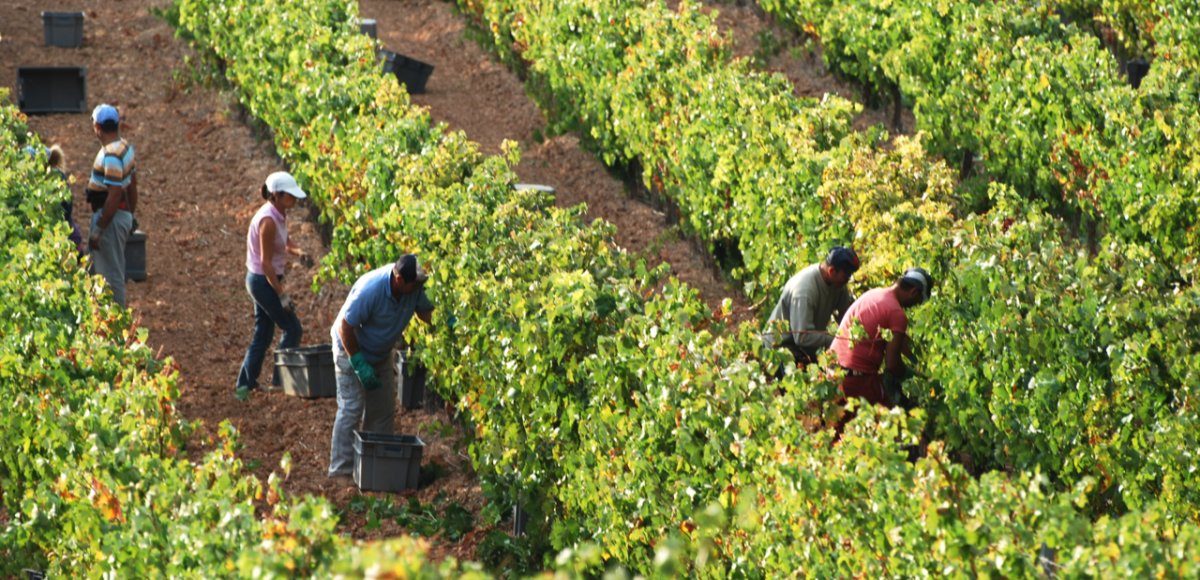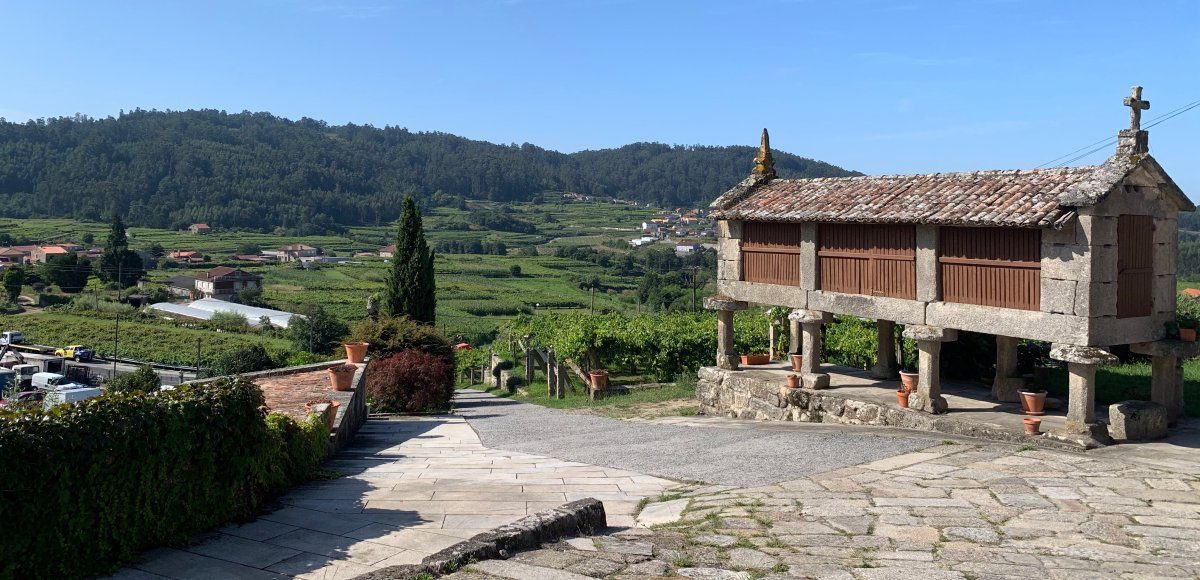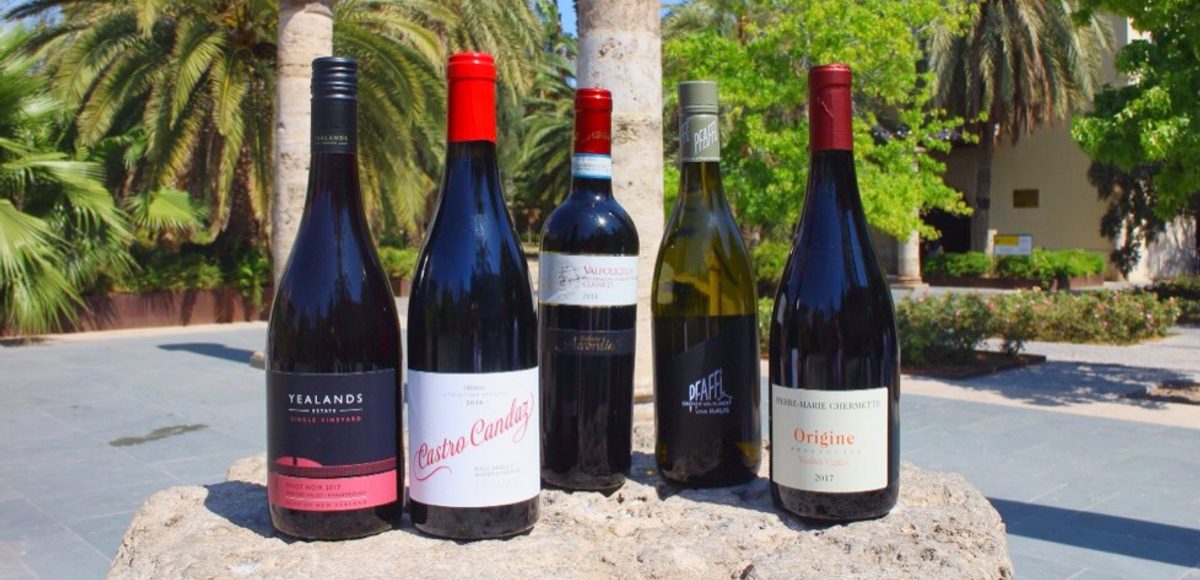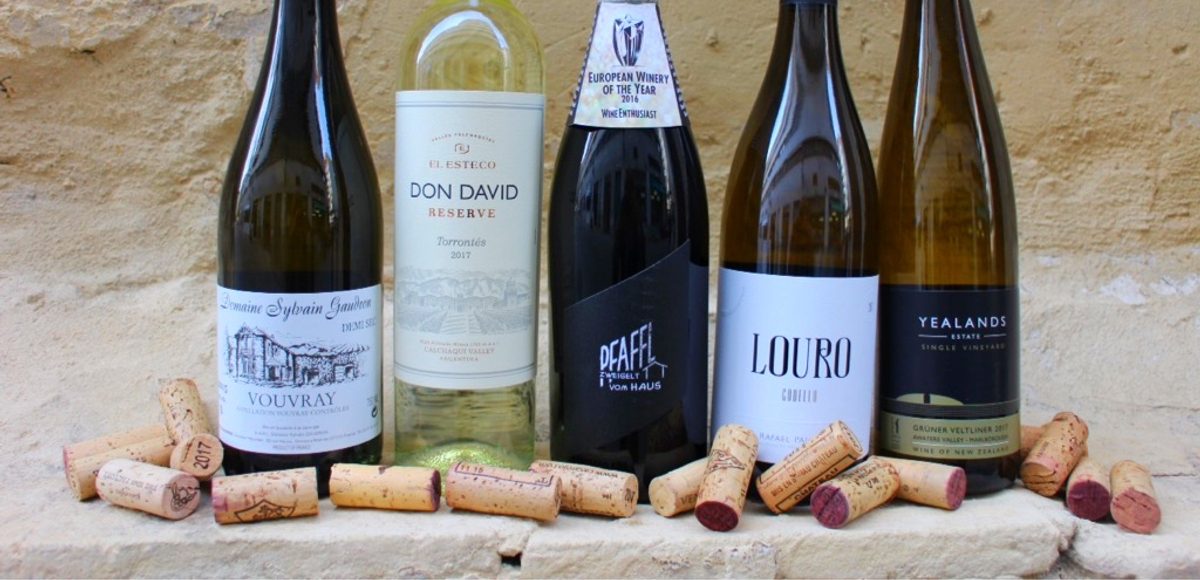The term ‘Old Vines’ on a label is considered to add a certain prestige and quality to the wine in the bottle as it is thought that older vines produce the best fruit. Is this true?
The term ‘old vines’ is fairly ambiguous because it is not stipulated the aged of a vine before being considered old. The term is not regulated and is widely misused so I recommend that you buy wines from trusted sources.
Here in Spain we tend to think of old vines as having at least 50 years, often much older. However, in some other countries where the wine industry is younger, such as New Zealand an ‘old vine’ may be 25 years old.
Meanwhile in the Barrosa Valley in Australia, where some of the oldest vines in the world are found, a group of growers got together to create an Old Vine Charter to give a clearer definition of their old vines; Old Vine, at least 35 years old, Survivor Vine, at least 70 years old, Centenarian Vine, at least 100 years old and Ancestor Vine, at least 125 years of age.
Meanwhile in Calatayud in Aragon, home of some of the finest old vineyards of Garnachas in Spain, the vines or vineyards have to be certified as being of a certain age in order for the wines to be classified as ‘old vines’.
What characterises the wine made from an old vine? Lower yields, resulting in greater concentration of fruit flavours as well as consistency in terms of sugars and phenolic compounds.
The deep roots of an old vine, sometimes 6m to 8m long, give the plant access to the rich sources of minerals and other organic materials well below the surface producing wines with more complexity and character.
Also in dry years as well as wet vintages there is less variation in the quality of the grapes. The roots of young vines are nearer the surface of the soil so if it rains they such up the water quickly, whereas if it is a dry vintage the grapes lack water and shrivel up. Deep roots protect the wine from either extreme.
Wines made from truly old vines tend to be more expensive, as yields are low and there is the cost of looking after them to be taken into consideration. So be wary of cheap wines labelled as ‘old vines’.
Curiously the term ‘old vines’ is used to promote certain grape varieties such as Garnacha, Shiraz, Bobal more than others, for example. Sauvignon Blanc, Gamay, Merlot.
Can you taste the difference of a wine made from ‘old vines’?
Making wine from grapes grown on old vines is one element in determining the style of wine. The skill of the winemaker and how the wine is aged will also have a major influence on the quality and style.
Normally young wines made from young vines will have up front fruit characters whereas a wine made from old vines will have a richer more intense and complex character.
I recommend that you do a side by side comparison of a wines made from the same grape, one ‘old vines’ alongside a young wine. Chances are that you are going to notice a distinctive difference between the two.






